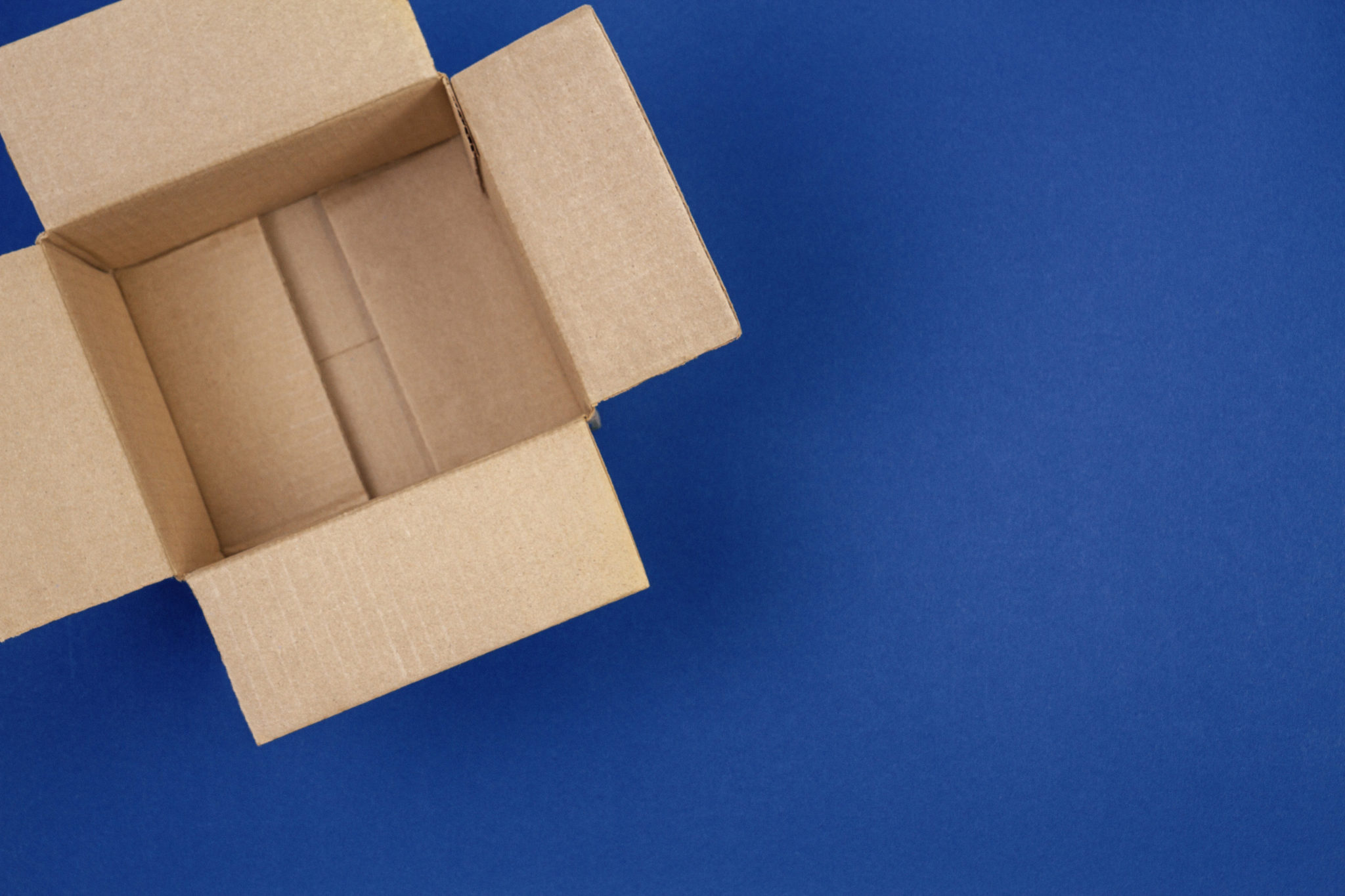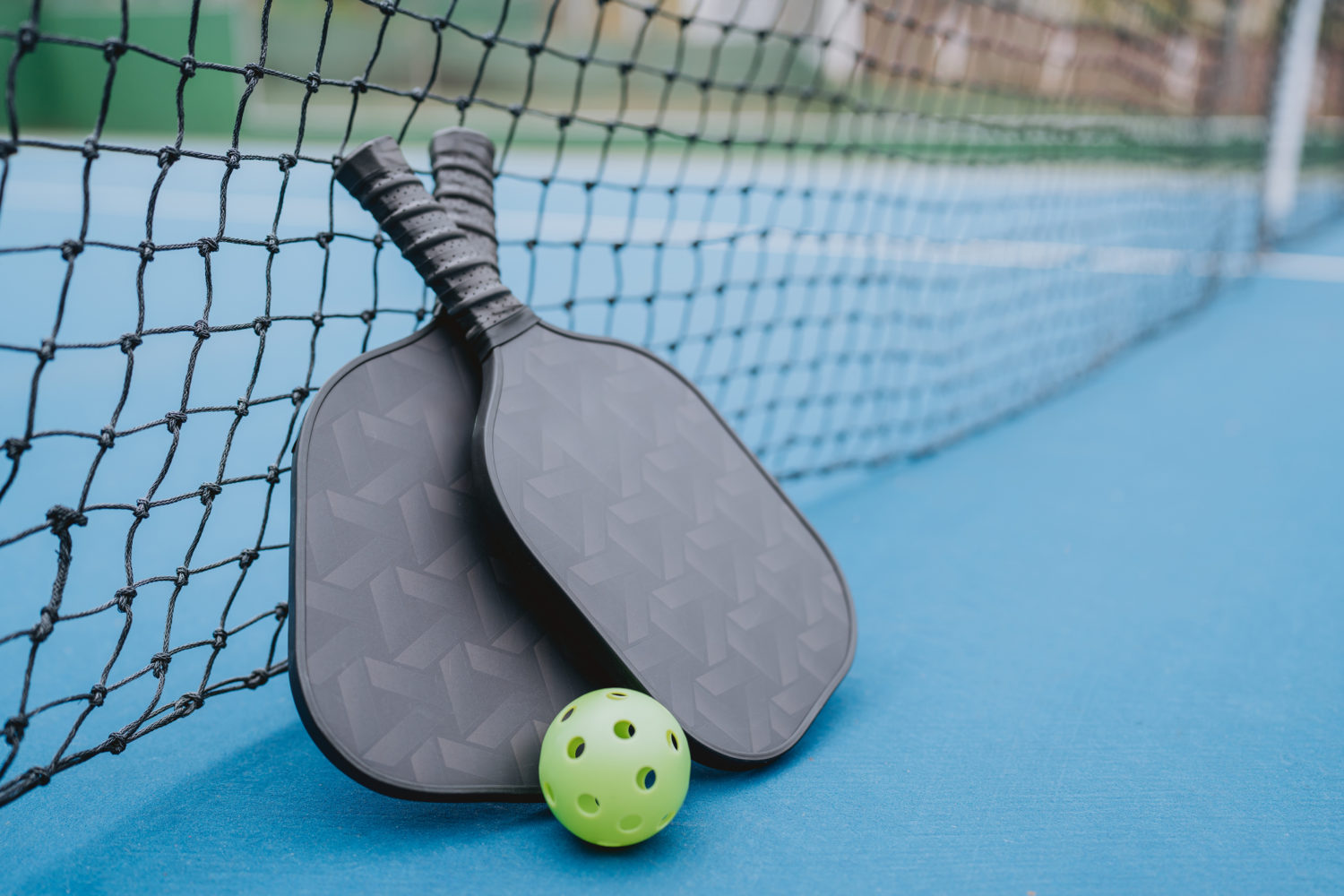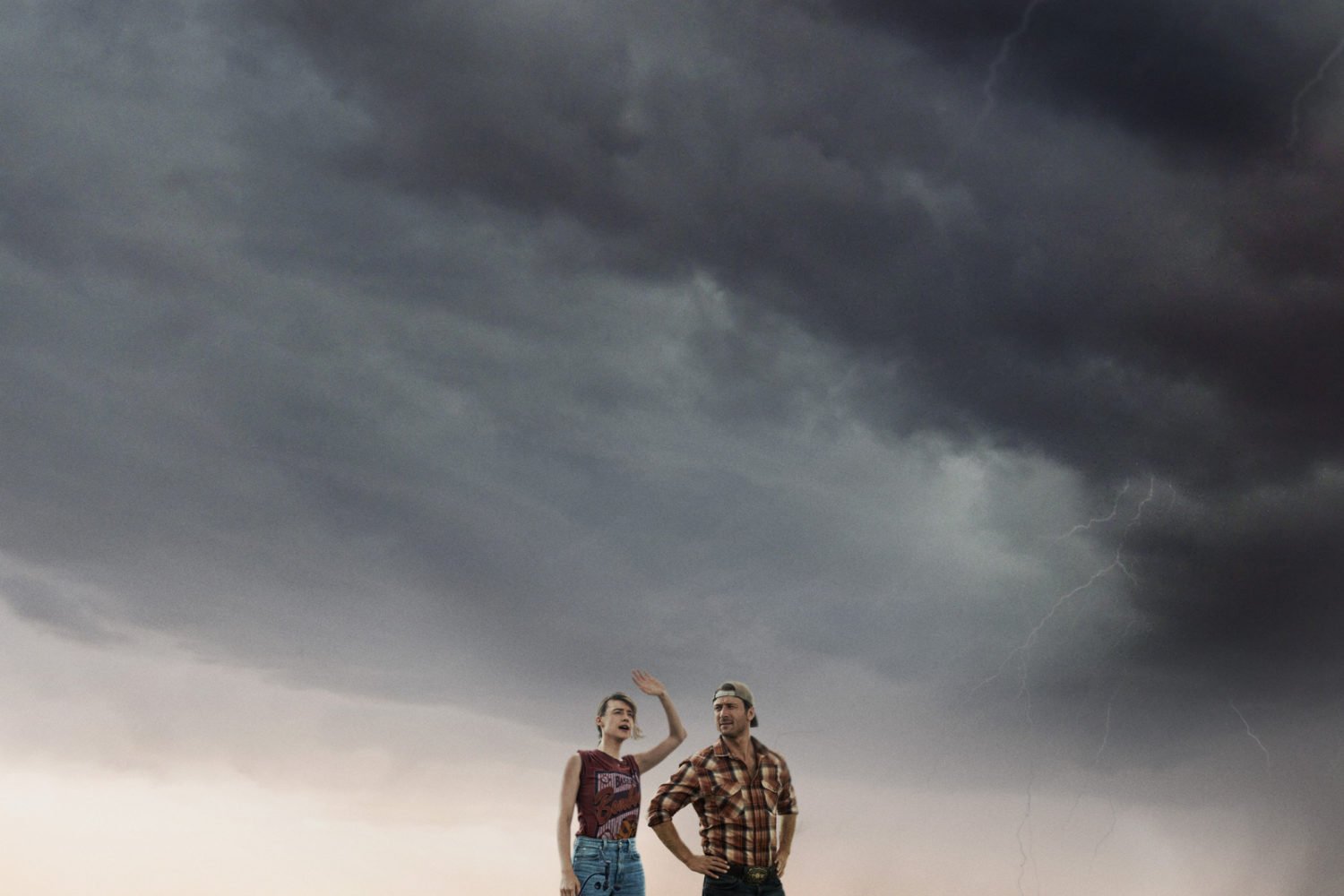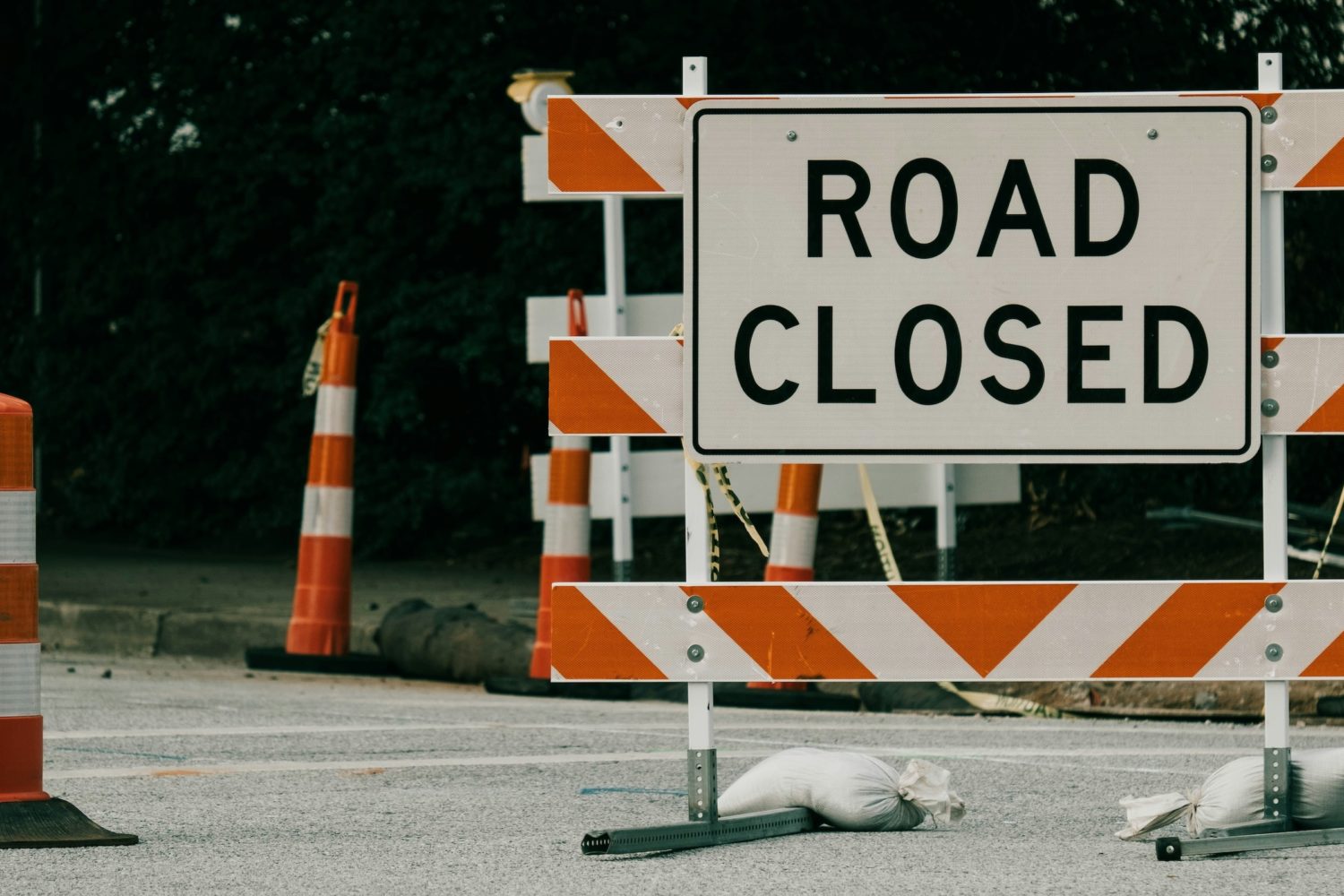If you’re signing a new apartment lease or buying a home, you’ve likely considered this question: How safe is it to move during a pandemic? All the things that may be required when moving—the trips up and down an elevator, the movers touching all your boxed items and furniture, the tours of other people’s homes with agents—can seem especially…germy during a pandemic.
“Moving is always a stressful time for people,” says Kate Ritson, the owner and CEO of DC moving company Bookstore Movers. “It’s one of the most stressful things you can do, so moving during Covid is particularly anxiety-inducing.”
That being said, summer is usually the most popular season for moving, and despite a dangerous virus, 2020 hasn’t been an exception, says Ritson: “Our schedule is totally normal for this year. If anything, it may be one of our busiest summers.”
So, if you have to do it, how can you do it safely? Obviously, there’s a level of risk associated with strangers entering your home to carry your things, but that risk level can stay relatively low if done properly, says infectious disease specialist Rohit Modak. “There are certain things that are in your control and certain things that are not,” he says. “Control what you can, and what you can control is your behavior and potentially the movers’ behavior.”
Most importantly, that means you and the movers should be wearing masks during the duration of the move. And if movers show up sans-masks, you have every right to require they put one on before entering your home, says Modak: “In this day and age, if someone is not wearing a mask, that’s a direct risk to you.”
In an ideal scenario, you’d be able to hang outdoors while the movers transport your things. However, you may not have outdoor space available or you may want to supervise the move. If that’s the case, open your windows and doors to increase air circulation while the movers are inside, says John Symington, an infectious disease doctor, and keep them open for a few hours after they leave.
And while it’s probably a good idea that the movers wash their hands when they arrive and wear gloves, you don’t have to disinfect everything that the movers touched once you get to your new home, say both doctors. “This virus needs a host, and a house or an item is a terrible host,” says Modak. “Although it can probably survive on a surface for some period of time, is the amount of virus that’s going to survive actually enough to cause infection? That seems very unlikely.”
Symington does recommend designating a set bathroom for the movers to use, if you’re able to, and providing paper towels for them to wash their hands. After they leave, he recommends leaving the door or a window open and waiting a few hours for the bathroom to aerate before using it.
The same goes for entering the new home after the movers have finished dropping off the furniture and left, says Symington—open all the windows and doors and wear a mask for an hour if you have to be inside your new house.
Also important: Vet your moving company ahead of time to make sure they’re enforcing Covid-19 precautions for both their clients and employees, says Modak. Bookstore Movers, for instance, requires daily health check-ins with both their employees and clients, says Ritson, and hands out kits containing masks, hand sanitizer, gloves, and disinfectant to its movers each morning. And to prevent potential spreading, the group has also broken its employees into discrete groups, ensuring that movers on one team will never work with movers on another team. (For what it’s worth, no one from Bookstore Movers has been diagnosed with Covid-19, says Ritson.)
So, yes, moving is stressful to begin with, and moving during a pandemic can seem like a prime opportunity for extra stress. But it doesn’t have to be that way—just take precautions. “As long as you’re masked, the movers are masked, and generally you stay more than six feet away, which should be feasible, you should be able to move safely,” says Modak.



















